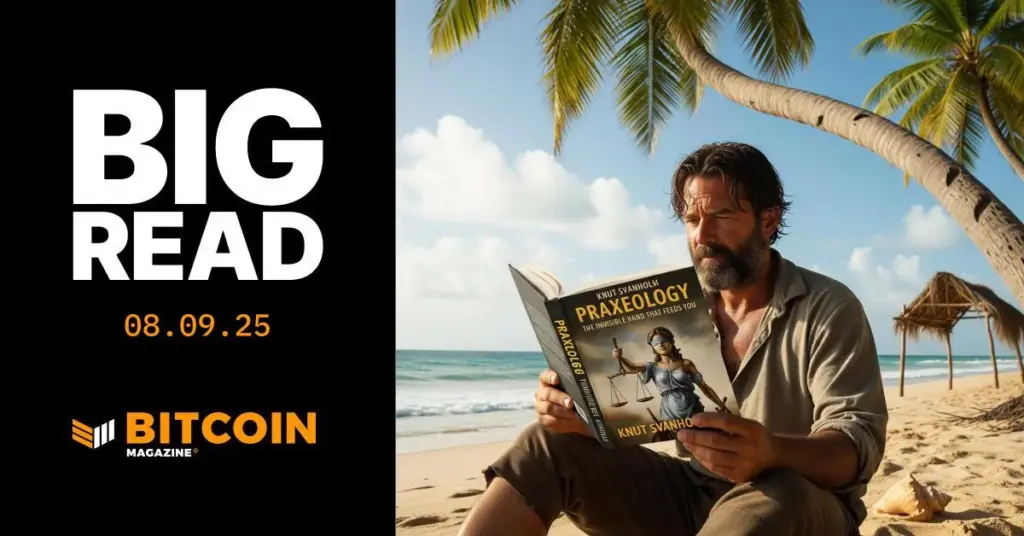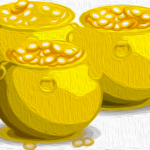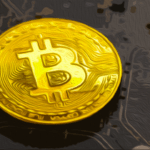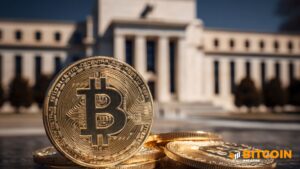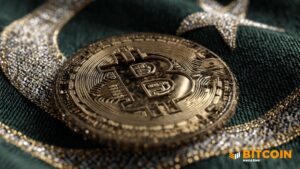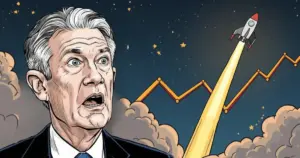
Hey there, curious minds! Ever wondered about the profound essence of money in our lives and how it shapes our world? Let's embark on a fascinating journey to unravel the mysteries behind the price and value of money.
The Language of Exchange: Decoding the Value of Money
The Enigmatic Price of Money
Money, the heartbeat of any free market, plays a vital role in every transaction, embodying the essence of value in goods and services. But have you ever pondered about the enigmatic concept of the price of money itself?
Imagine a world where the most easily exchangeable commodity reigns as the preferred medium of trade. This common ground of pricing enables economic calculations, empowering entrepreneurs to seize opportunities, drive profits, and propel society forward.
Deciphering Money's Purchasing Power
It's intriguing to explore how individuals perceive the value of money based on its potential to fulfill future needs. Just like how we make decisions based on incremental benefits, money's significance lies in the satisfaction it can offer, whether in securing food, ensuring safety, or creating future possibilities.
When someone trades their time for money, they are essentially prioritizing the purchasing power of that money over immediate gratification. The cost of money in any transaction reflects the highest utility an individual could derive from the amount exchanged, showcasing the intrinsic value people place on their earnings.
Personalizing the Value of Money
Each additional unit of a good, including money, contributes to diminishing marginal returns, emphasizing the subjective nature of value. The utility of extra monetary tokens varies based on individual goals and desires. For instance, to someone craving hot dogs, a dollar holds the value of a hot dog, highlighting the personalized essence of money's usefulness.

Just like how Robinson Crusoe perceived gold as worthless in his solitude, money's true significance unfolds in exchange and communication. Money thrives as a universal language, connecting individuals and enabling transactions that fuel our economic landscape.
Inflation Unveiled: Navigating the Realm of Idle Money
The Illusion of Idle Money
Delving into the realm of savings, spending, and investments, we witness how personal expectations and time preferences influence our interactions with money. Even money seemingly idling on the sidelines serves a purpose, offering security and flexibility to its holders.
Contrary to the misconception of money endlessly circulating, every exchange embodies a moment of action and choice, dispelling the notion of idle money. Historical price connections anchor economic calculations, shaping our perceptions and guiding future expectations.
Unmasking the Inflation Enigma
Peeling back the layers of inflation reveals its profound impacts on wealth distribution and economic stability. While governments utilize measures like the Consumer Price Index to gauge inflation rates, the hidden truth lies in the link between monetary expansion and diminishing purchasing power.
Price inflation, a consequence of monetary expansion, transcends mere market dynamics, highlighting its pervasive influence on wealth distribution and societal equality. Understanding the nuances of inflation unveils its far-reaching implications, reshaping our perspectives on economic systems and individual financial well-being.
The Evolution of Money: From Barter to Fiat
Tracing the Origins of Money
Exploring the evolution of money from its barter roots to modern fiat systems unveils a fascinating journey of value and utility. The concept of money's initial worth emerges from its dual functionality, bridging utility value and medium of exchange.
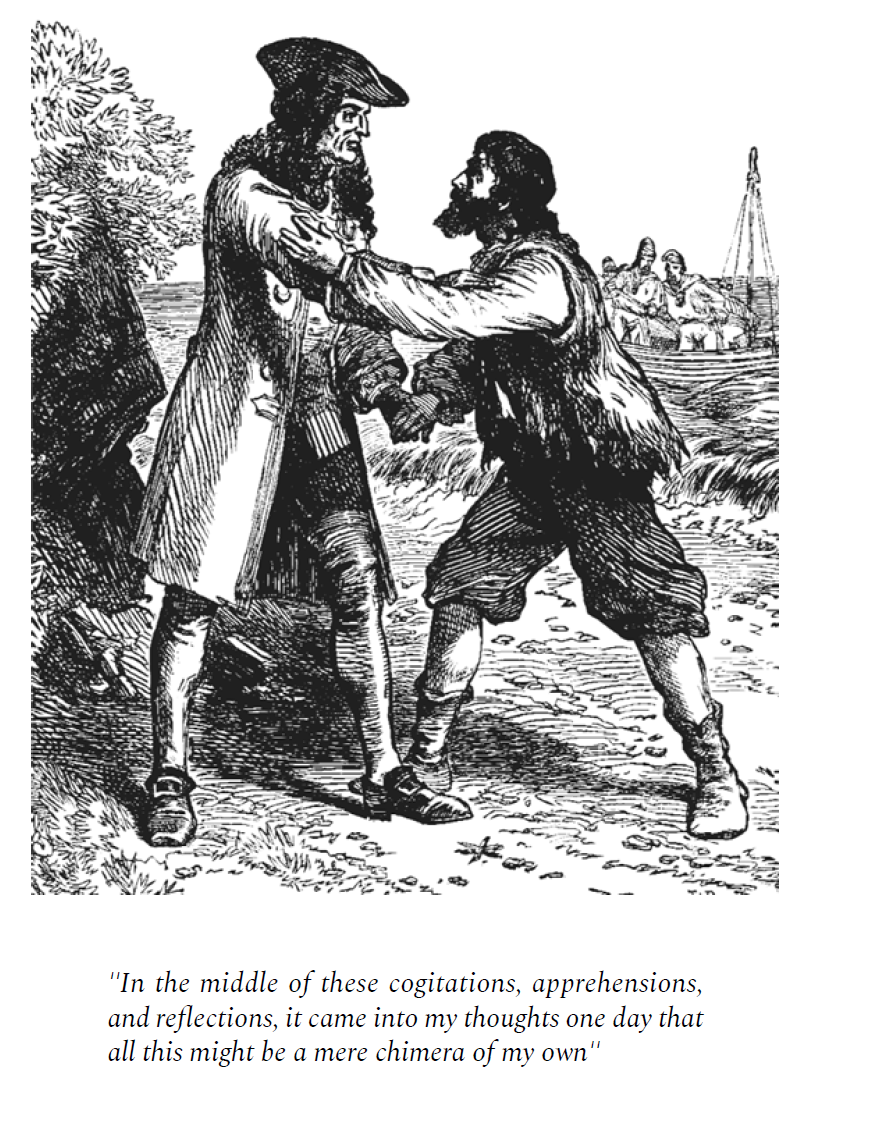
Gold's ascendancy as money stems from its intrinsic characteristics of durability, divisibility, recognizability, portability, and scarcity. While historical ties between gold and currency once prevailed, the advent of fiat regimes ushered in new monetary landscapes, emphasizing debt-based systems detached from tangible assets.
Unveiling the Fiat Illusion
Modern fiat currencies, devoid of tangible backing, operate as debt instruments shaped by central bank interventions. The intricate web of debt creation, money supply manipulations, and inflationary practices underscores the inherent flaws of fiat systems.
Quantitative easing, political agendas, and Keynesian economic doctrines further complicate the monetary landscape, perpetuating wealth disparities and distorting market mechanisms. Understanding the nuances of fiat illusions unveils a complex interplay between monetary policies, wealth distribution, and societal well-being.
Embracing Sound Money: A Path to Economic Resilience
Reshaping the Monetary Narrative
Transitioning towards sound money principles offers a beacon of hope amidst the shadows of fiat illusions. Recognizing the intrinsic value of honest, unmanipulated money paves the way for economic resilience, individual empowerment, and societal progress.
Sound money, rooted in voluntary exchange and market dynamics, serves as a pillar of economic stability and moral integrity. By embracing sound monetary practices, we sow the seeds of a future where value is authentic, earned, and sustainable.
Empowering the Future of Money
Embracing the transformative power of sound money transcends mere economic transactions, heralding a new era of financial empowerment and societal trust. By safeguarding the integrity of money, we fortify the foundations of civilization, fostering a world where prosperity, equality, and cooperation thrive.
Join the movement towards sound money principles, and together, let's shape a future where value is not just a concept but a lived reality, enriching lives, empowering communities, and fostering genuine economic progress.
CFTC
wsj.com
- Saddam Hussein's Invasion Helped Uncage a Bear In 1990 – WSJ
- Are you interested in keeping gold in your IRA at-home? It's Not Exactly Legal – WSJ
How To
The History of Gold as an Asset
Gold was a currency from ancient times until the early 20th century. It was universally accepted due to its purity and divisibility, beauty, scarcity, and durability. Due to its value, it was also internationally traded. Different weights and measurements existed around the world, however, because there were not international standards to measure gold. One pound sterling in England was equivalent to 24 carats silver, while one livre tournois in France was equal 25 carats. In Germany, one mark was equivalent to 28 carats.
In the 1860s, the United States began to issue American coins made from 90% copper, 10% Zinc, and 0.942 Fine Gold. This led to a decline in demand for foreign currencies, which caused their price to increase. At this point, the United States minted large amounts of gold coins, causing the price of gold to drop. The U.S. government needed to find a solution to their debt because there was too much money in circulation. To do so, they decided to sell some of the excess gold back to Europe.
Many European countries didn't trust the U.S. dollars and started to accept gold for payment. After World War I, however, many European countries started using paper money to replace gold. Since then, the price of gold has increased significantly. Even though gold's price fluctuates, it is still one of the most secure investments you could make.
—————————————————————————————————————————————————————————————-
Based on [POSTTITLE]
by [POSTAUTHOR]

